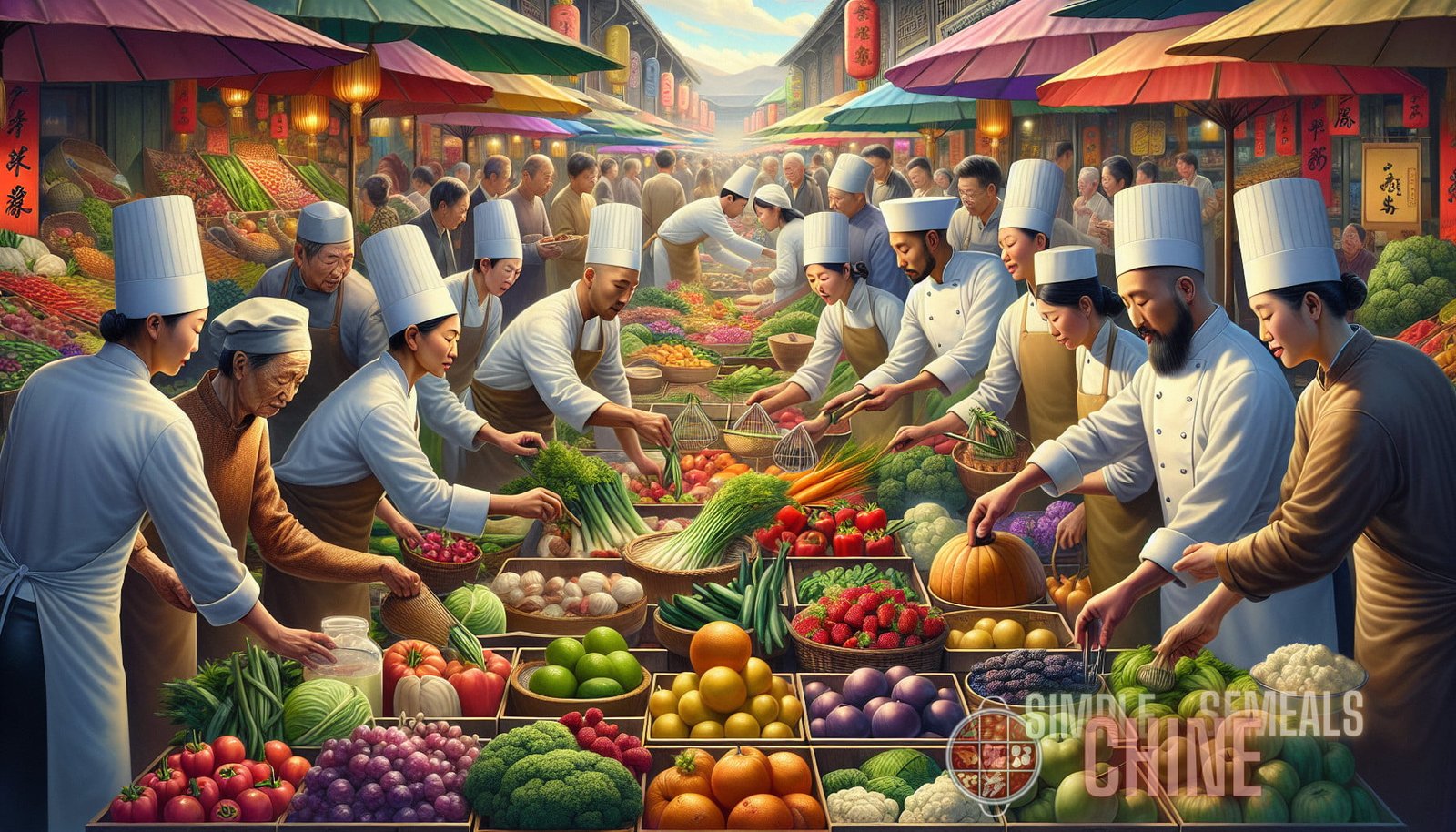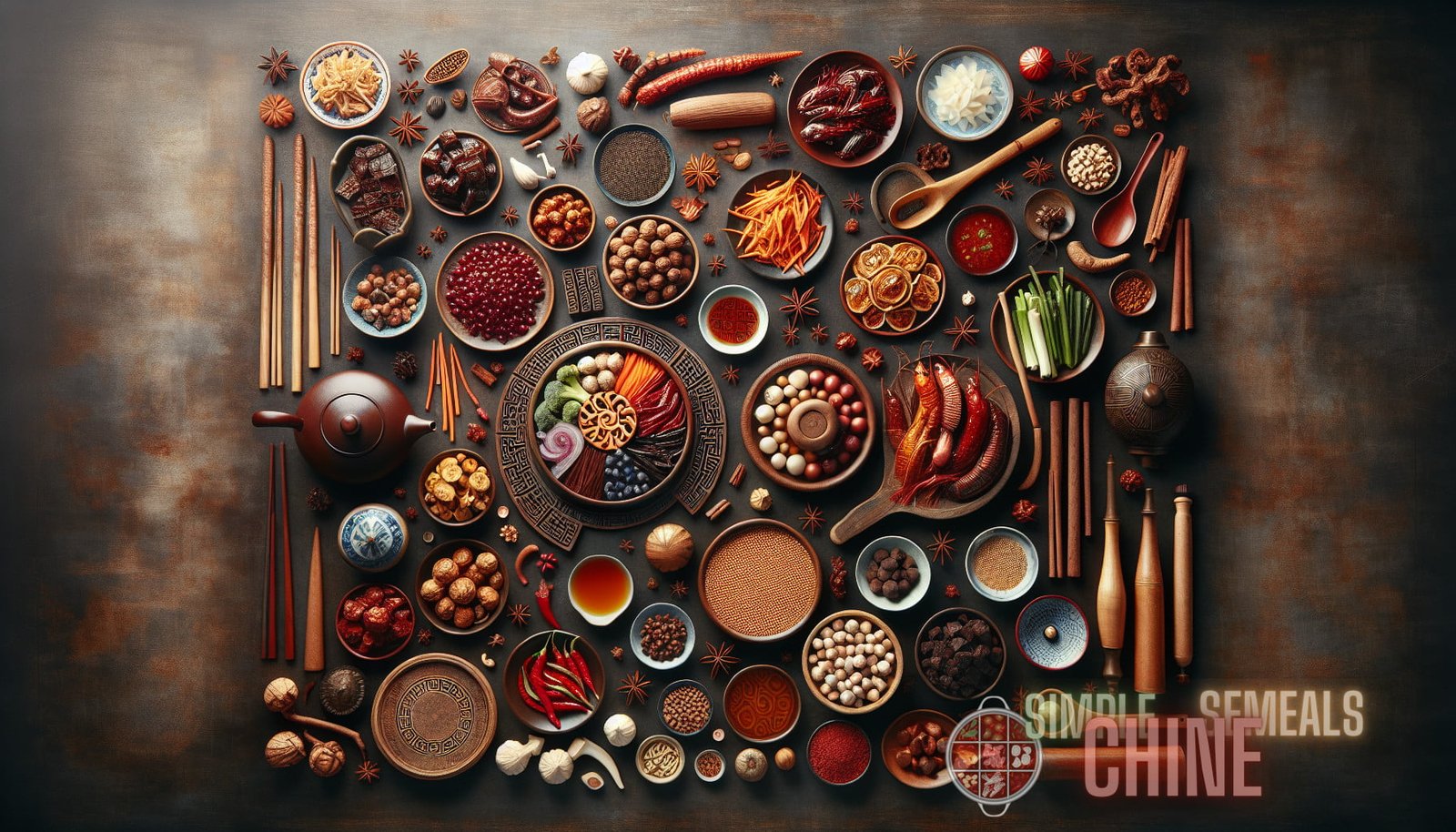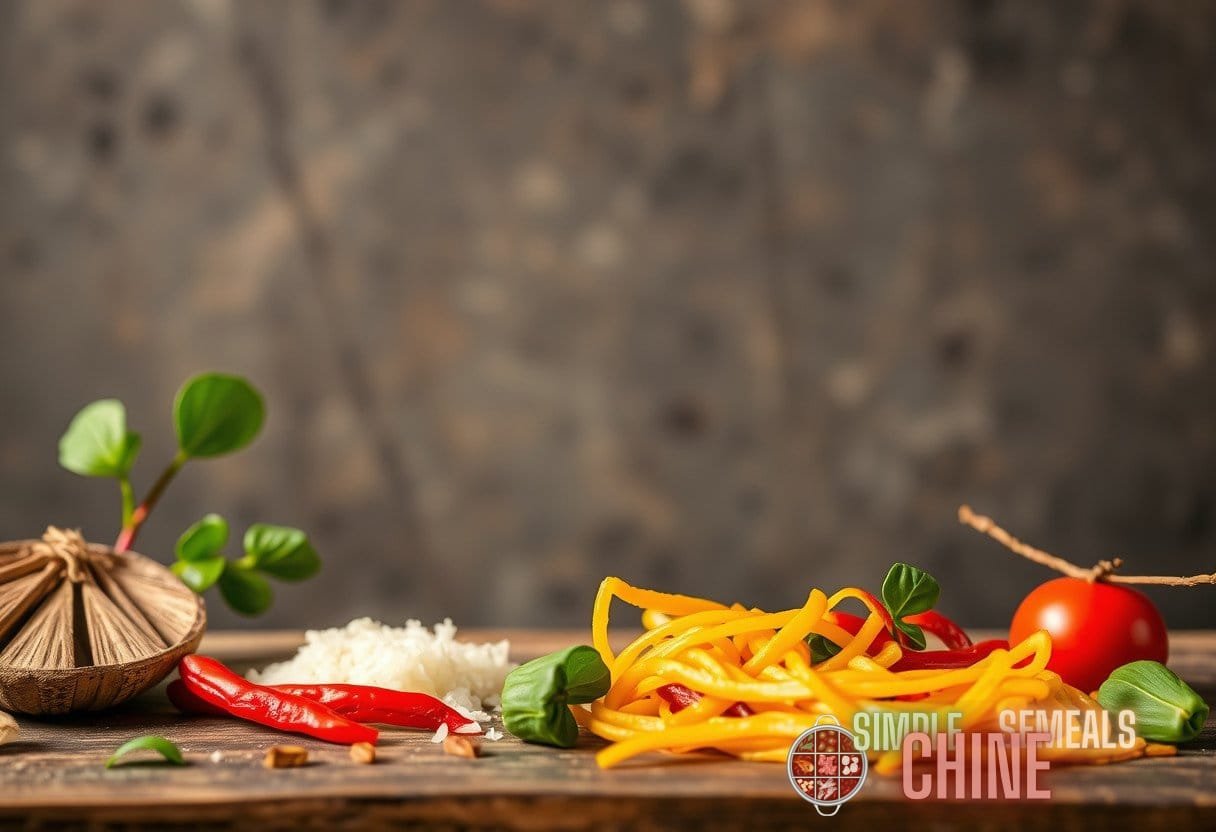Sustained Traditions: The Unbreakable Thread of Authenticity in Chinese Culinary Heritage
Chinese cuisine is renowned for its rich flavors, diverse ingredients, and intricate cooking techniques. Passed down through generations, Chinese culinary traditions have remained intact, encapsulating the authentic essence of the country’s food heritage. The unbreakable thread of authenticity runs deep in Chinese culinary practices, preserving not only the taste but also the cultural significance of traditional dishes. In this article, we will delve into the sustained traditions of Chinese cuisine, exploring the historical roots, regional variations, and the unwavering commitment to preserving authentic flavors.
The Historical Roots of Chinese Cuisine
Chinese cuisine has a history that spans thousands of years, with its origins rooted in ancient agricultural practices. As one of the world’s oldest continuous cultures, China has seen the rise and fall of dynasties, each leaving its mark on the country’s culinary heritage. The various dynasties brought their own unique styles and techniques, adding to the vast repertoire of Chinese cuisine.
During the Shang Dynasty (1600-1046 BCE), food was primarily meant to be an offering to the ancestors. It was cooked in bronze vessels and consisted of grains, meat, and vegetables. The Zhou Dynasty (1046-256 BCE) introduced the concept of food as a social glue, with elaborate banquets becoming a symbol of wealth and power.
The Tang Dynasty (618-907 CE) saw a golden age of gastronomy, with innovations such as the use of chopsticks, tea drinking, and the use of edible fungi. It was during this time that the foundation for many of the famous Chinese dishes was laid. The Song Dynasty (960-1279 CE) brought further refinement to Chinese cuisine, with the development of delicate flavors and intricate culinary techniques.
The Yuan Dynasty (1271-1368 CE) saw the introduction of new ingredients such as carrots, potatoes, and onions from the West, enriching Chinese cuisine with new flavors. The Ming Dynasty (1368-1644 CE) emphasized the harmony of flavors, with an emphasis on fresh ingredients and balance in dishes. The Qing Dynasty (1644-1912 CE) further refined this harmony, focusing on presentation and aesthetic appeal.
Regional Variations in Chinese Cuisine
China’s vast geographical and cultural diversity has given rise to distinct regional culinary traditions. Each region in China boasts its own unique flavors, techniques, and signature dishes. Some of the notable regional cuisines include:
- Sichuan Cuisine: Known for its bold and spicy flavors, Sichuan cuisine is characterized by the use of Sichuan peppercorns and chili peppers. Famous dishes include Mapo Tofu and Kung Pao Chicken.
- Cantonese Cuisine: Hailing from the Guangdong province, Cantonese cuisine emphasizes freshness, light flavors, and smooth textures. Dim Sum and Roast Goose are popular dishes.
- Shandong Cuisine: Shandong cuisine is known for its emphasis on seafood and the use of rich flavors. The famous Peking Duck originates from this region.
- Hunan Cuisine: Hunan cuisine is known for its spiciness and the use of chili peppers. Famous dishes include Spicy Crayfish and Dong’an Chicken.
- Jiangsu Cuisine: Jiangsu cuisine places importance on the quality and presentation of ingredients. The famous Beggar’s Chicken is a specialty of this region.
These regional variations in Chinese cuisine reflect the diverse landscapes, climate, and culinary traditions of different parts of China. Each region takes pride in its distinct flavors and techniques, ensuring that the authenticity of their culinary heritage is preserved.
Preserving Authentic Flavors: The Unwavering Commitment
The preservation of authentic flavors in Chinese cuisine is a testament to the unwavering commitment of Chinese chefs and food enthusiasts. The traditional methods, ingredients, and cooking techniques are passed down from generation to generation, with a strong emphasis on maintaining the integrity of the dish.

One of the key aspects in preserving authentic flavors is the use of fresh and high-quality ingredients. Chinese cuisine emphasizes the use of seasonal produce, ensuring that the flavors are at their peak. Freshness is of utmost importance, and ingredients are selected with great care.
Another aspect is the meticulousness in preparing ingredients. Chinese chefs pay great attention to detail, ensuring that each ingredient is prepared in a specific way to achieve the desired texture and taste. From chopping vegetables to marinating meat, every step is carried out with precision.
Cooking techniques also play a crucial role in preserving authentic flavors. Chinese cuisine employs a wide range of techniques, including stir-frying, steaming, braising, and deep-frying, each lending its own unique flavor and texture to the dish. These techniques have been perfected over centuries, ensuring the authenticity of each dish.
The dedication to preserving authentic flavors extends beyond just the professionals. Chinese households take pride in passing down traditional recipes and cooking techniques from one generation to the next. The family kitchen becomes a hub of tradition, where the secrets of authentic flavors are shared and preserved.
The Future of Chinese Cuisine
While Chinese cuisine has a rich history and a strong emphasis on tradition, it is not immune to the forces of globalization and modernization. As China continues to evolve and embrace the influences of the modern world, traditional culinary practices face the challenge of adaptation.
However, the future of Chinese cuisine looks promising. There is a growing awareness and appreciation for the authenticity and cultural significance of traditional dishes. Efforts are being made to promote and preserve traditional recipes, ensuring that the unbreakable thread of authenticity in Chinese culinary heritage remains intact.
With the advent of technology, traditional recipes and cooking techniques are being documented and shared more widely, making them accessible to a global audience. The internet serves as a platform for food enthusiasts and experts to exchange ideas, ensuring the legacy of Chinese cuisine continues to thrive.
Furthermore, Chinese chefs are also pushing the boundaries of tradition, exploring new flavors and techniques while staying true to the essence of Chinese cuisine. This fusion of tradition and innovation ensures that Chinese cuisine remains vibrant and relevant in a rapidly changing world.
In conclusion, Chinese culinary heritage is a tapestry woven with the unbreakable thread of authenticity. From its historical roots to its regional variations, Chinese cuisine embodies the rich cultural traditions and flavors of the country. Through the unwavering commitment to preserving authentic flavors, Chinese chefs and food enthusiasts ensure that the legacy of Chinese cuisine remains alive. As we look to the future, it is evident that Chinese cuisine will continue to evolve and adapt, yet never losing sight of its authentic roots.
Internal Links:
- Unveiling the Hidden Art and Heritage of Chinese Culinary Traditions: A Must-Read Article on Preserving Traditional Recipes
- Indulge in the Unique Chinese Flavors: A Journey Through Regional Cuisines



